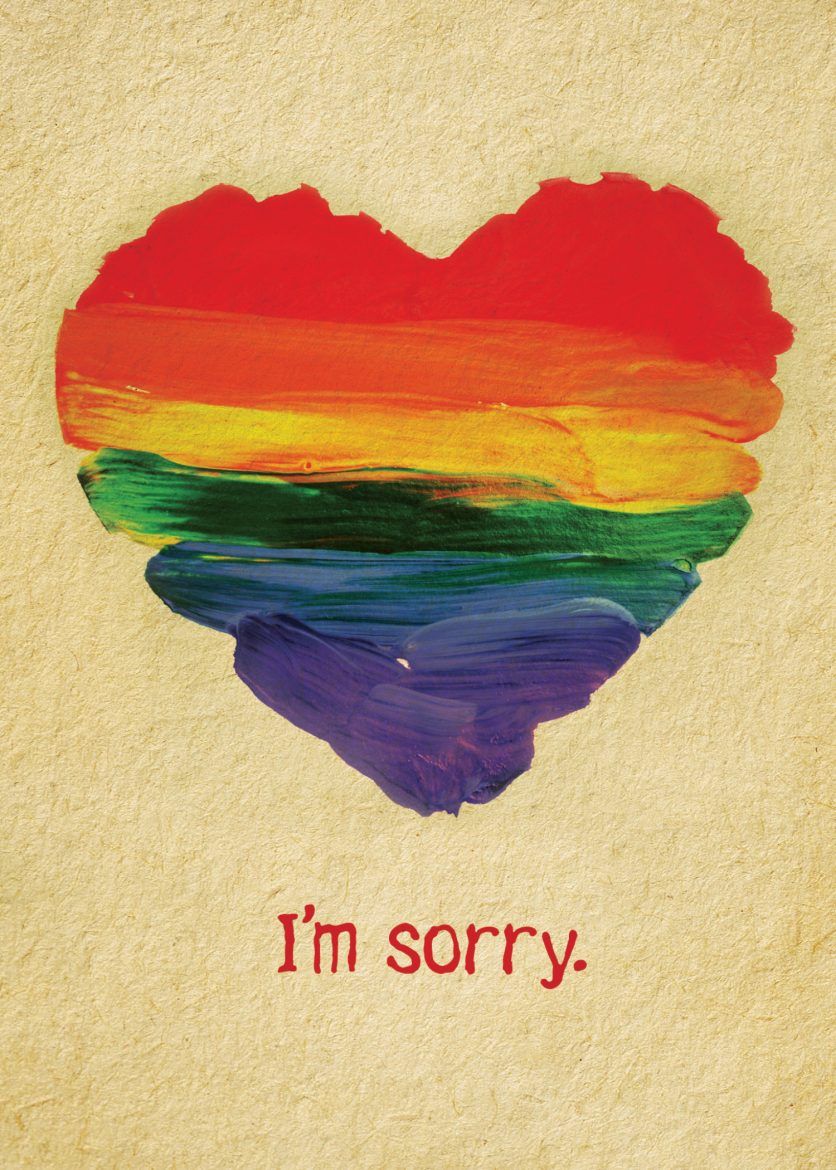Shabbat Gathering: I'm sorry.

Dear Chevra, as is our custom, we will gather tonight at 5.45p ct to welcome Shabbat. These are the coordinates:
Zoom
Meeting ID: 963 5113 1550
Password: 1989
Phone: +1 312 626 6799
(To unsubscribe from the newsletter, click the link at the very bottom of this email.)
Special thanks to Everett who read this over and made important suggestions.
Here we go.
Dear readers, I owe you an apology. I’m sorry. I want to make amends. Let me explain.
For the past few months, I’ve been explaining the idea of the feminine in the divine. Specifically, the idea of the Shekhinah as the feminine aspect of Hashem. This is wrong in two different ways.
First.
I recently read a new essay by Rabbi Lynn Gottlieb in Evolve. You might remember how we read about Rabbi Gottlieb before. In the new essay, Rabbi Gottlieb makes the point that creating this duality (Hashem = masculine, Shekhinah = feminine) reinforces the expired idea of binary gender and shuts the door on a fluid understanding. In other words, it doesn’t create room for the full spectrum of gender. Rabbi Gottlieb proposes that we need to have an idea of Hashem that is gender fluid or beyond gender.
Shekhinah, understood within a theology of Divine Marriage, is problematic. In order to dismantle sexism’s binary concepts about gender and gender roles, I believe Shekhinah, YHVH and Elohim need to be reimagined altogether in non-binary, gender-fluid or non-gendered ways.
Of course, one can make a very good argument that Hashem is beyond gender all together. (Thanks for the reminder, Everett.)
Second.
The other thing I’ve done by proposing a dual understanding of Hashem is just that, proposing a duality.
Being a Jew-by-choice, I not only had to embrace Judaism, I had to reject my Protestantism. Honestly, even as a child and later as an adult, I was never able to square the idea of monotheism with the idea of the trinity (father, son, and holy ghost) And I certainly could never square it with Catholics who seem to also include Mary and all those saints. By proposing this notion of a masculine and feminine Divine, I’m regressing, and creating the type of paradigm I rejected during my conversion. And that’s a bad thing and it shows my lack of intellectual rigor.
Answer.
The solution to all of this is to understand Hashem as gender fluid or beyond gender all together. For most of my life, I’ve rejected dualities out of hand. Good/bad, right/wrong, true/false, Republican/Democrat — all of these and so many more dualities have always seemed to me to be a gross (and I do mean gross) oversimplification. Now, I reject the idea of male/female. Society knows far too much for far too long to believe in the male/female duality. Even the rabbis in Talmud rejected the idea of only two genders and rejected that people are locked into their gender of their birth. (And these ideas from Talmud deserve a newsletter all their own, promise.) And, remember, Talmud is an open source document. That’s how it grew to be so lengthy. Responsa are constantly being written. The rabbis of the Talmud didn’t have a monopoly on being smart and times certainly change.
I’m well read but not especially smart, and I’m doing my level best to keep up with changing times. And sometime I fall short. I haven’t completely figured out the whole gender thing, but I’m saying I’m sorry, plain and simple. That’s just the first step in teshuvah, and I intend to complete the process as thoroughly as I can.
And may it be for all of us a blessing.
See you tonight!
All my love,
brian.